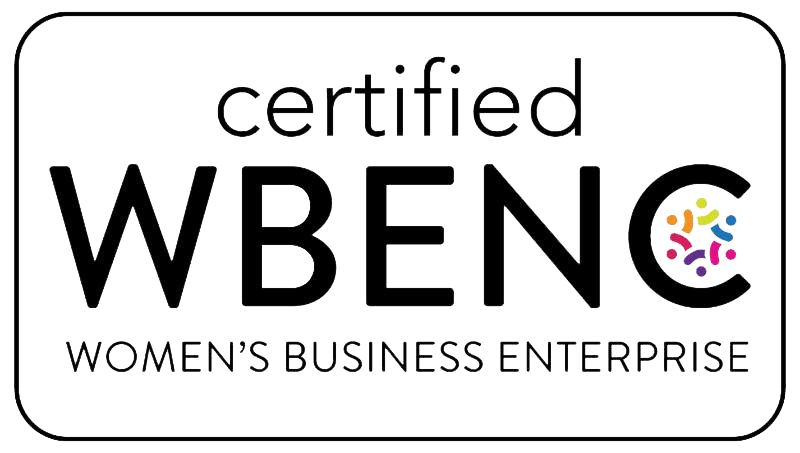Creating a Culture of Feedback: The Key to Effective Personalized Learning
Personalized learning has become a cornerstone of modern employee development. Tailoring training to individual needs ensures relevance, boosts engagement, and accelerates skill development. But even the best-designed learning programs can fall short without one crucial component: feedback.
Feedback isn’t just a way to measure effectiveness—it’s a powerful tool for fostering a culture of continuous improvement. By creating feedback loops, organizations can ensure their personalized learning initiatives are not only impactful but also responsive to the evolving needs of employees. Here’s why feedback matters and how to build it into your learning strategy.
Why Feedback is Essential in Personalized Learning
Personalized learning is inherently dynamic. It adapts to individual preferences, skill levels, and goals, which means it requires ongoing refinement to stay effective. Continuous feedback ensures that the learning experience remains relevant and aligned with both employee needs and organizational objectives.
1. Enhances Engagement
When employees feel their voices are heard, they’re more likely to engage with the training process. Soliciting feedback shows that the organization values their input and is committed to creating a learning experience that works for them.
2. Identifies Gaps and Opportunities
Feedback provides insight into what’s working and what isn’t. Employees might highlight areas where they feel overwhelmed, modules that are particularly helpful, or topics that need more depth. This information helps organizations identify gaps and refine the program accordingly.
3. Promotes Continuous Improvement
A static learning program risks becoming outdated or irrelevant. Regular feedback ensures that your training evolves alongside industry trends, employee expectations, and organizational goals.
Building a Culture of Feedback
Creating a culture of feedback starts with making feedback a core element of your learning strategy. Here are practical steps to integrate feedback loops into your personalized learning initiatives:
1. Create Multiple Channels for Feedback
Different employees may feel comfortable sharing feedback in different ways. Provide multiple avenues, such as:
• Surveys: Use short, targeted surveys at the end of training modules to gather immediate reactions.
• One-on-One Check-Ins: Encourage managers to discuss training experiences during regular check-ins.
• Anonymous Feedback Forms: Provide an option for employees to share feedback anonymously to encourage honesty.
2. Ask the Right Questions
The quality of your feedback depends on the questions you ask. Focus on open-ended and targeted questions like:
• What did you find most valuable about this training?
• Were there any concepts or skills you struggled with?
• How can we improve this learning experience?
3. Close the Loop
Feedback is only valuable if it leads to action. Communicate with employees about how their input is being used. For instance, if several employees mention that a specific module is too lengthy, shorten it and share the update with the team. This reinforces the importance of feedback and encourages future participation.
4. Use Technology to Streamline Feedback
Learning management systems (LMS) can simplify the feedback process. Many platforms offer built-in tools to collect and analyze feedback, track progress, and identify trends. Use these insights to continuously refine your training programs.
5. Encourage a Growth Mindset
Foster an environment where feedback is viewed as a positive tool for growth. Recognize employees who provide constructive feedback and encourage open, honest conversations about how to improve the learning process.
The Benefits of Continuous Feedback Loops
Organizations that prioritize feedback in their learning strategies see tangible benefits:
• Higher Engagement: Employees are more motivated to participate in training that evolves based on their needs.
• Better Outcomes: Feedback ensures training remains effective, relevant, and aligned with employee roles and goals.
• Stronger Culture: A feedback-driven approach demonstrates that the organization values employee development, fostering trust and loyalty.


